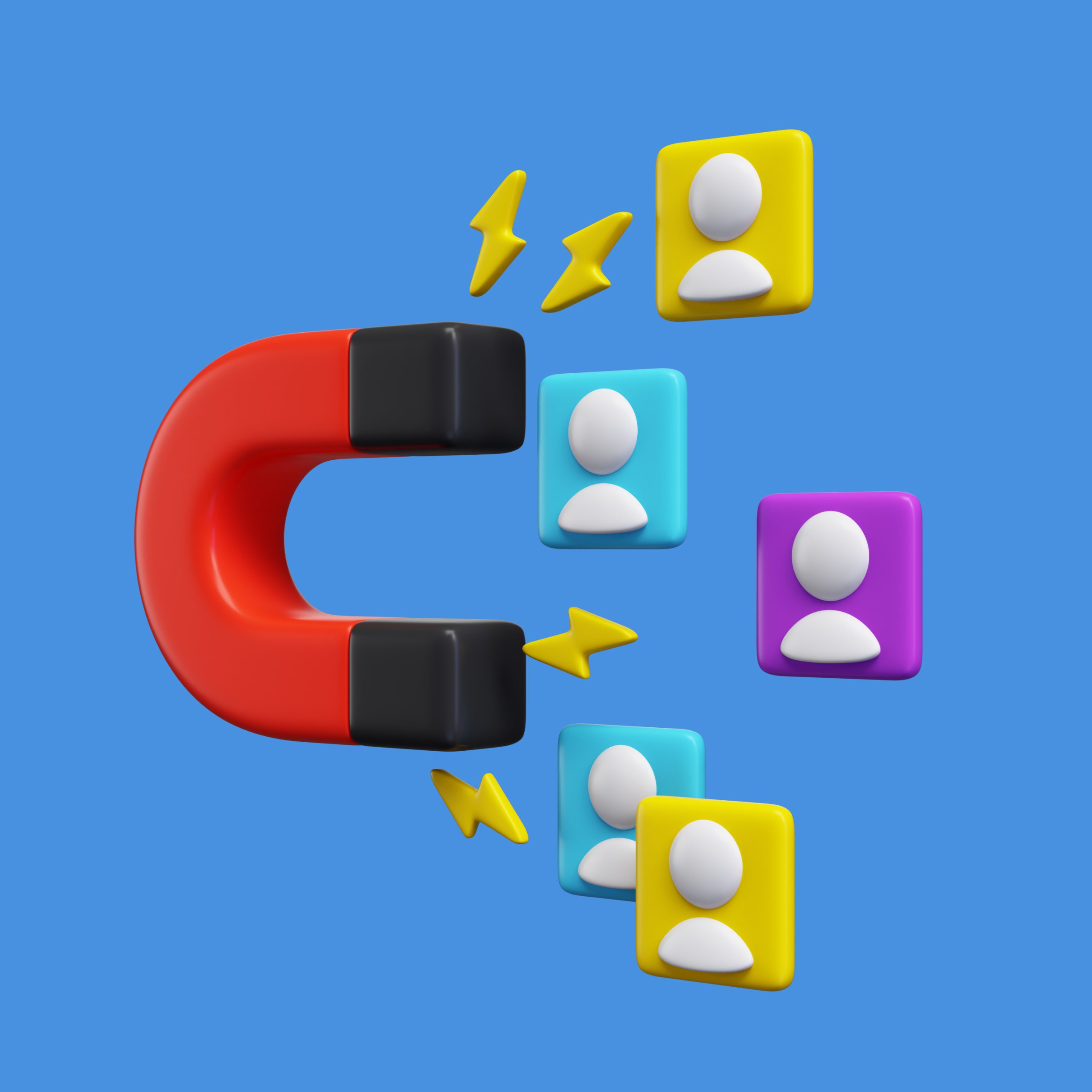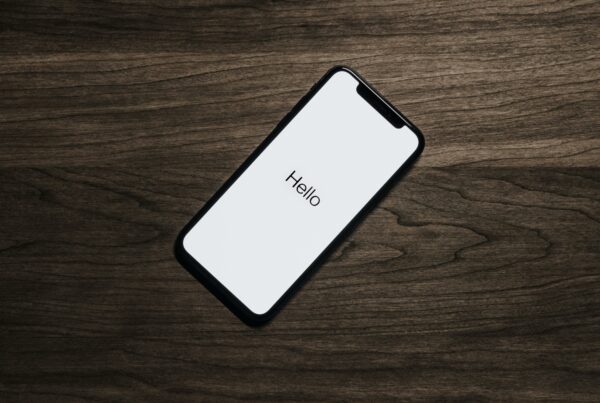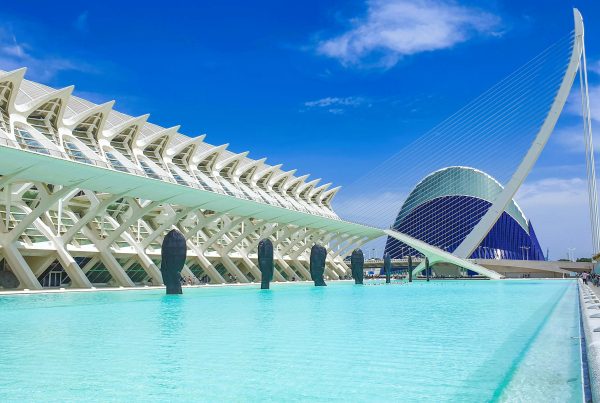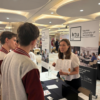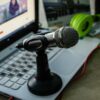In the dynamic world of professional events, the way we connect with potential customers has evolved significantly. What was once limited to exchanging business cards and jotting down data in notebooks has now transformed into a sophisticated digital ecosystem that enables deeper and more meaningful interactions.
Personalization has become a determining factor: according to recent studies, leads captured through personalized experiences are 47% more likely to become customers, while 79% of event attendees say they especially value interactions that respond to their specific needs. In addition, events that implement integrated digital strategies report a 34% increase in attendee information retention.
How to differentiate yourself in a competitive environment
In a landscape where every booth and exhibitor competes for the attention of attendees, standing out has become more complex and necessary than ever. Differentiation no longer comes only from the product or service we offer, but from the overall experience we provide during the event.
Innovative strategies that capture attention often share a common element: they create immediate value for the attendee. For example, companies that have implemented personalized quick diagnostics via tablets in their booths report up to 60% more meaningful interactions. Another effective approach has been the creation of experiential spaces where visitors can test products in simulated real-life scenarios, which increases brand memorability and strengthens the emotional connection.
Advanced customer acquisition strategies
Use of AI and chatbots in data collection
Intelligent automation has revolutionized how we collect and process information from potential customers. AI-equipped chatbots can hold initial conversations with visitors, qualify leads based on predefined criteria, and schedule meetings with human representatives for the most promising prospects, all while the team focuses on higher-value interactions.
Tools such as virtual assistants in interactive kiosks allow attendees to explore specific information about products or services, while collecting valuable data on interests and behaviors in the background. One notable case is that of a technology company that implemented this strategy and managed to increase its lead processing capacity by 42% without increasing its staff at the event.
Immersive experiences and real-time personalization
Interactions that recognize and adapt to individual needs generate lasting impact. Today’s technology makes it possible to identify repeat visitors, tailor demonstrations according to the sector or interests detected, and even customize digital materials that are delivered instantly.
Technologies such as augmented reality and virtual reality have proven particularly effective in creating memorable experiences. For example, simulators that allow visitors to experience how a product or service would solve their specific problems generate conversion rates up to three times higher than traditional presentations.
Use of digital tools for lead capture
The integration of event-specific CRM systems, dynamic QR codes and dedicated mobile applications has greatly simplified the data collection process. These tools not only facilitate the collection of information, but also enrich it with contextual data such as areas of interest, interaction time or materials consulted.
Integration with marketing platforms and social networks makes it possible to maintain the continuity of the relationship from the first contact at the event. Systems that can synchronize real-time data with segmented campaigns are able to maintain the momentum generated during the event, significantly reducing the time between the first contact and conversion.
Check our integrations here.
Use hardware to capture leads (beamers – a lead capture tool)
A beamer is a lead capture tool with an ID tech device that acts as a unique identifier for exhibiting brands at events. It allows easy data collection of attendees who have decided to bring their smart badge closer, instantly sharing their contacts.
Watch beamers in action.
How to generate interest and retain leads
Creation of exclusive content for attendees
Content developed specifically for event attendees creates a sense of exclusivity and added value that strengthens the relationship from the outset. E-books, specialized guides or customized case studies work as powerful incentives to share contact details and continue the conversation after the event.
This content need not be simply promotional. In fact, educational and industry analysis materials often generate greater response, as they provide immediate value and position the company as a valuable resource for the potential customer.
Methods to incentivize booth participation
Gamified strategies have proven to be extraordinarily effective in attracting visitors and motivating their active participation. From competitive experiences such as industry-related skill contests, to points systems that reward interaction with different aspects of the booth, these approaches significantly increase brand contact time.
A key element for the success of these strategies is to ensure that the playful activity is related to the message or value we want to convey, avoiding distractions that may divert attention from the main objective of establishing meaningful business connections.
How to turn prospects into customers after the event
Follow-up after the event is where many acquisition strategies fail. The most effective techniques include personalized communications based on specific interactions during the event, lead nurturing sequences with progressively more targeted content, and strategically timed touch points that maintain momentum without being intrusive.
Speed is crucial: contacts made in the first 48 hours after the event show significantly higher response rates. A particularly effective approach is to share content related to specific conversations held during the event, demonstrating personalized attention and reinforcing the value of the relationship.
Check our event marketing strategy guide for success.
Event lead generation success stories
Companies that have implemented effective strategies
A B2B software company completely transformed its approach to trade shows by implementing an integrated strategy that combined facial recognition to identify repeat customers, customized demos based on the visitor’s industry, and a post-event tracking system that increased its conversions by 78% compared to previous years.
Another notable case is that of a financial services company that developed a digital, interactive “financial health diagnostic” for its booth. Visitors received personalized analysis and targeted recommendations, which not only increased qualified lead acquisition by a factor of five, but also significantly shortened the subsequent sales cycle.
Many exhibitors are gathering even more leads with beamers at Portugal Print Packaging & Labeling 2025
Imagine an event where every interaction happens naturally and efficiently. Where exhibitors capture contacts digitally and visitors don’t have to worry about lost business cards. The adoption of technological solutions has been happening since 2019 and has made all this possible.
What has changed?
- More participants, more connections and more business opportunities.
- The use of smart badges has increased, simplifying networking and making interactions more effective.
- Companies have adopted new tools to optimize lead collection and improve the visitor experience.
Download the Portugal Print Packaging & Labeling 2025 case study.
Conclusion and trends in lead generation at events
The evolution of customer engagement strategies at events reflects a clear trend toward more personalized, interactive and data-driven experiences. Companies that stand out are those that manage to integrate technology without losing the essential human component in commercial relationships.
Emerging trends that will shape the near future include the implementation of predictive analytics to anticipate attendee needs, real-time behavior-based recommendation systems, and the increasingly seamless integration between physical and digital experiences – phygital.
Checklist to optimize customer acquisition at events
- Define clear and measurable objectives for each event.
- Design experiences that provide immediate value to the attendee.
- Implement technology that facilitates interaction, not complicates it.
- Ensure the integration between recruitment systems and tracking platforms.
- Prepare customized content for different visitor profiles
- Establish a clear post-event follow-up protocol
- Analyze results and continually refine strategies
Recommended tools for lead generation innovation
Choosing the right tools can make the difference between a successful strategy and a frustrating experience. Among the solutions that have proven most effective are integrated event management platforms, recognition systems for simplified registration, and analytics solutions that allow for real-time adjustments during the event.
Technology should be an enabler, not an obstacle. The best solutions are those that work so seamlessly that they are virtually invisible to the user, allowing attention to be focused on the value of the exchange rather than the engagement process itself.
In an environment where every interaction counts, the combination of innovative strategies and the right technology not only improves the quantity of leads captured, but significantly increases their quality and likelihood of conversion, transforming the event from a simple point of engagement to a true shared value experience.

